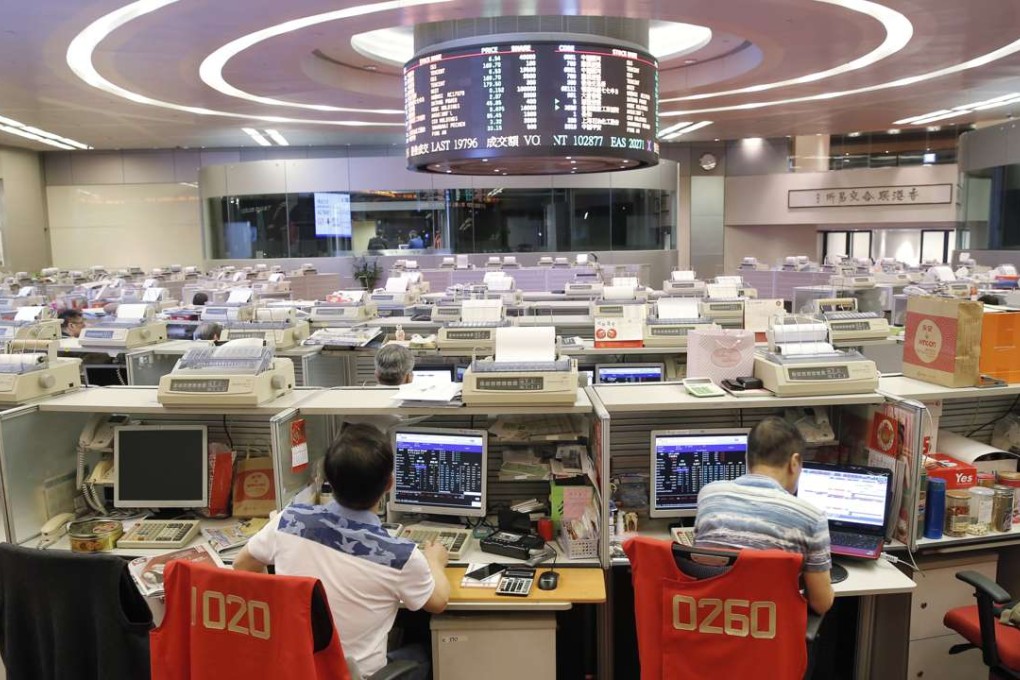Muted response to HK’s new system to calculate closing share prices
Relaunched closing auction session has turnover of HK$1.1 billion, just 2.2pc of HKEX’s full-day volume

The controversial relaunch of a new and improved system to calculate closing share prices in Hong Kong, met with muted market response on Monday.
Hong Kong Exchanges and Clearing (HKEX) revealed 290 brokers took part and 282 stocks were traded during the new closing auction session’s debut, amounting to a turnover of HK$1.1 billion, or just 2.2 per cent of the full-day’s turnover of HK$49.39 billion.
Brokers said the volume was way below overseas market levels, where the auction period normally accounts for 10 to 30 per cent of all turnover.
The biggest difference between the old and new system is the added safeguard of a 5 per cent price cap during the option period, which HKEX hopes will stop big players with large volumes of orders from influence closing prices.
Louis Tse Ming-kwong, director of VC Brokerage, said as it was the first day for the revamped system, trading was tentative, added to the fact the market overall was waiting for a slew corporate trading figures this week, and a decision on interest rates from Japan and the US.
“In addition, this is only the first phase of the closing auction and only Blue Chips are included, and not the smaller stocks,” said Tse.
Ken Wong, an Asia equity portfolio specialist at Eastspring Investment, is one of the fund managers still waiting to decide whether to trade during the new session, and said he plans to monitor the closing auction before making a final decision.